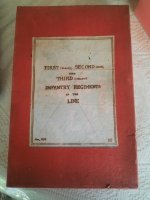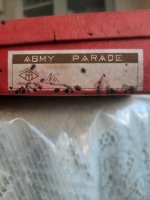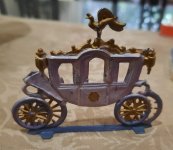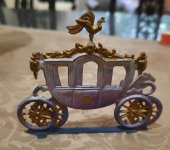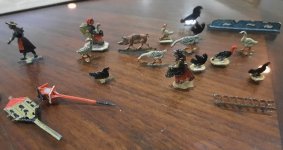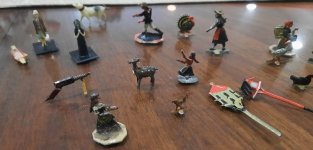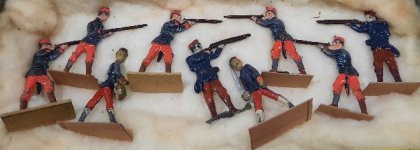Hello,
I'm throwing myself upon the mercy of the forum in the hope of finding some help with general identification of lot of about 200 vintage painted soldiers here in Tokyo. I'm not a collector, not yet anyway. That said I am a U.S. Army veteran and these strike a chord for sure.
The soldiers belonged to my neighbor's father, and he played with them in the 1930s when he was a child. The soldiers are metal and painted. My neighbor believes they are made of lead, but I get the feeling they are probably tin. There are also some very nice silhouettes of naval ships, as well as what look to be representations of artillery explosions amid trenchworks. I've attached some photos.
If anyone could help me shed some light on the possible maker of these soldiers, it would help me figure out if the asking price is reasonable.
Thank you for your consideration and best regards from Tokyo.
V/r,
Kevin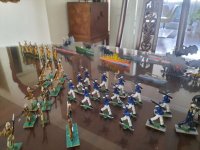
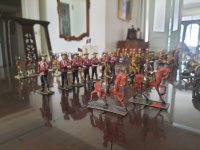
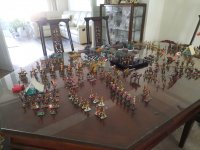
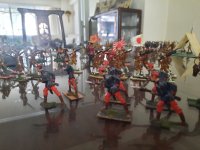
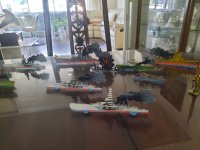





I'm throwing myself upon the mercy of the forum in the hope of finding some help with general identification of lot of about 200 vintage painted soldiers here in Tokyo. I'm not a collector, not yet anyway. That said I am a U.S. Army veteran and these strike a chord for sure.
The soldiers belonged to my neighbor's father, and he played with them in the 1930s when he was a child. The soldiers are metal and painted. My neighbor believes they are made of lead, but I get the feeling they are probably tin. There are also some very nice silhouettes of naval ships, as well as what look to be representations of artillery explosions amid trenchworks. I've attached some photos.
If anyone could help me shed some light on the possible maker of these soldiers, it would help me figure out if the asking price is reasonable.
Thank you for your consideration and best regards from Tokyo.
V/r,
Kevin












